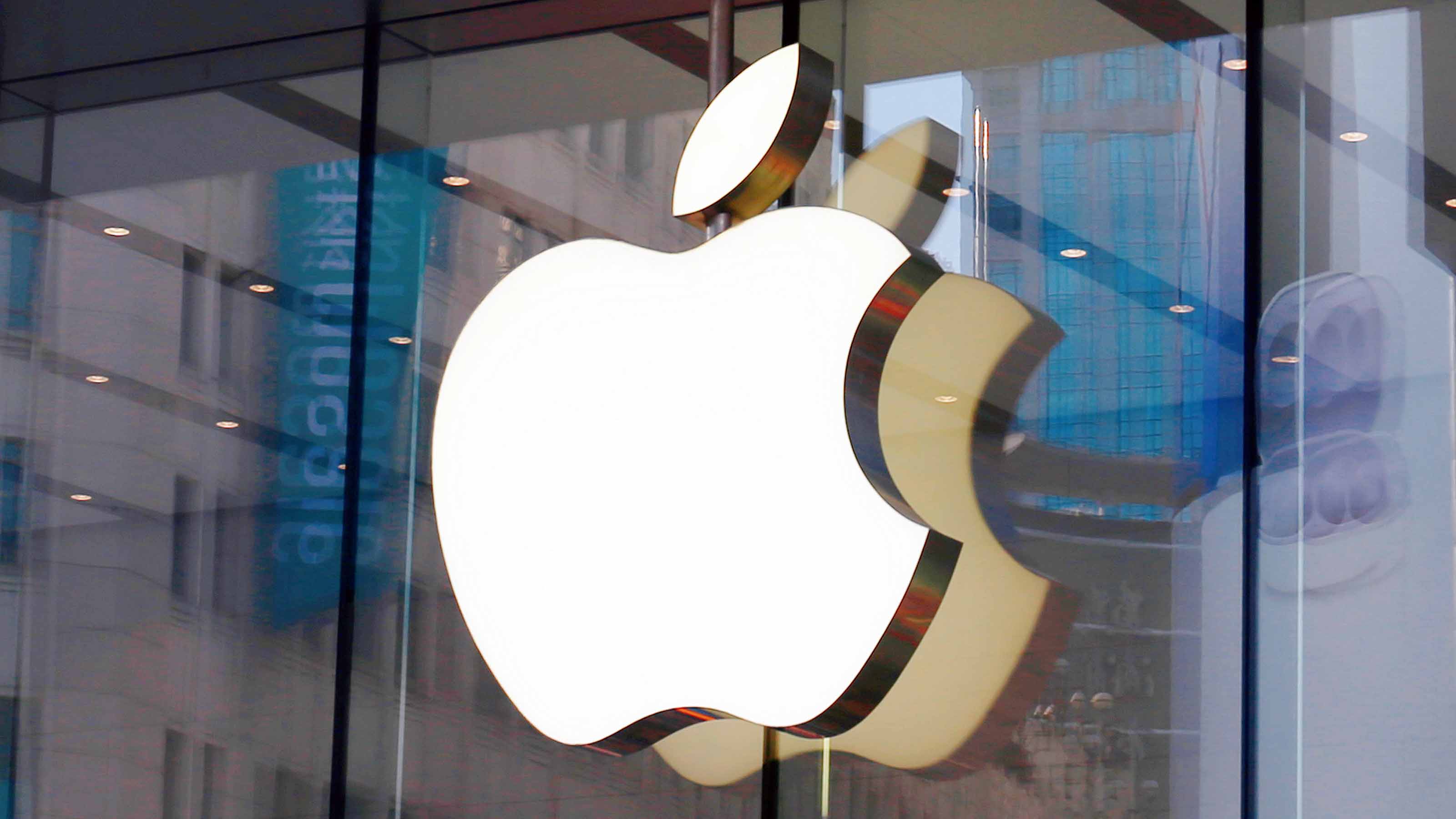How Overseas Trends Affect U.S. Investors
Learn what international indicators to follow to see what’s coming to American markets.

When the U.S. market sneezes, the saying goes, the rest of the world catches a cold. But the relationship can work the other way, too. These days, many investors look abroad for signals about how the U.S. stock market will perform.
Is it any wonder? Foreign market moves and news from Europe, China and other key economies – whether good or bad – can quickly spill over to Wall Street. Consider, for instance, the effect the Greek crisis had on the U.S. market in 2011. Standard & Poor’s 500-stock index tumbled 18.6% during that year’s market correction – largely over concerns about a Greek default. And these jitters about the slowdown in China’s once-torrid economic growth can send the U.S. stock market tumbling. “The international market matters very much to the U.S. [now], more than ever. The capital market has been globally linked, and the U.S. can’t move forward alone,” says Jim Russell, a stock-market strategist with U.S. Bank.
That’s why many forecasters and investors go beyond checking domestic company earnings or U.S. job reports. To get a good read on the U.S. market, they also observe the economic conditions of foreign countries, the strength of the euro against the dollar, and the health of China’s manufacturing industry, among other things. Read on for more details on foreign indicators and what they mean for the U.S. market.

Sign up for Kiplinger’s Free E-Newsletters
Profit and prosper with the best of expert advice on investing, taxes, retirement, personal finance and more - straight to your e-mail.
Profit and prosper with the best of expert advice - straight to your e-mail.
General economic indicators
Mark Luschini, a strategist at Janney Montgomery Scott, a brokerage firm based in Philadelphia, says he watches the same key economic and business measures for Germany, France, Spain and China as he does for the U.S. They include gross domestic product and the purchasing managers index (a measure of the health of the manufacturing and services industry). Over the past half year, Russell says, Europe has been stabilizing, which has been good news for U.S. companies, especially multinational firms that export their goods to the region. Luschini says he also keeps an eye on investor sentiment overseas – such as the German ZEW Indicator of Economic Sentiment, as it is officially known – and consumer confidence. Finally, major market indexes, such as China’s Shanghai Composite and Japan’s Nikkei, are important benchmarks, too. Strong overnight gains in Asia can boost investor confidence when the U.S. market opens a few hours later.
Dirk Hofschire, a senior vice-president of Fidelity’s investment-management arm, says he likes to focus on indicators such as employment and housing, in addition to GDP, to get a comprehensive picture of the soundness of a foreign nation’s economy. “If other countries are doing well, it’s good news for U.S. companies,” Hofschire says.
The euro
If the euro strengthens against the dollar, it means that European customers get a break when they buy stuff made in the U.S. That’s a plus for U.S. companies that export to Europe. “The first thing I do when I get up in the morning,” Russell says, “is to check out how the euro is trading.”
European government debt yields
Russell checks yields on ten-year German, Spanish, Greek and Italian government bonds. If their bond yields are rising too much or are way higher than U.S. yields, it means the market is losing confidence in a country’s ability to pay down its debts and investors are pulling their capital away.
If the yield on a ten-year government bond surpasses 6%, Luschini says, that is a warning. Seeking to restore stability in the debt markets and boost investor confidence, the European Central Bank stepped in to buy Spanish and Italian debts in August 2011 just after yields on their ten-year bonds breached the 6% level.
Today’s yields indicate that the European economy is in better shape. That’s a good sign for the U.S. market, too. As of August 20, ten-year Spanish and Italian government bonds yielded 4.47% and 4.31%, respectively (compared with more than 6% for Spain and more than 5% for Italy a year ago). The ten-year German government bond now yields 1.84%.
Yields on shorter-term government bonds – say, those maturing in two years – are also important indicators, Luschini says. If yields on short-term paper are spiking, it indicates that the issuing government may have trouble finding buyers when the bonds mature and it needs to sell new debt.
China’s PMI
If you’re looking overseas to get a read on the U.S. market, it’s hard to ignore China. China is the world’s second-largest economy and, until recently, the world’s growth engine. Russell turns to China’s purchasing managers index because he says it is crucial in gauging the health of the manufacturing and services industry.
However, Luschini says there is a potential problem if investors look only at the official data. “China’s statistics are less transparent,” Luschini says, so you have to compare the government data with that of other sources. In July, the official manufacturing PMI climbed to 50.3, but the HSBC/Markit PMI was 47.7. (A number higher than 50 indicates an economy is expanding; a number under 50 indicates it is contracting.) The official PMI focuses more on big corporations, while the HSBC PMI surveys more small and midsize businesses. “You just have to reconcile or believe one of them and see which one is a better indication,” says Luschini. Another worthwhile indicator of economic activity in China is electricity consumption. When power consumption (a figure issued by the country’s National Energy Administration) is on the rise, it’s a sign that businesses are humming along.
Government and central bank policies
Foreign countries’ policies can be an important information source. Russell suggests paying attention to the trade and monetary policies of foreign nations, especially those of China and Japan, both of which have fairly new leaders. Also, European Central Bank decisions can be important indicators of whether economic growth in that region is accelerating or slowing down. “You need to get as much exposure and information as you can about all these geographies,” Russell says.
Get Kiplinger Today newsletter — free
Profit and prosper with the best of Kiplinger's advice on investing, taxes, retirement, personal finance and much more. Delivered daily. Enter your email in the box and click Sign Me Up.

-
 Get Netflix, Hulu and Apple TV Plus for Free by Joining T-Mobile
Get Netflix, Hulu and Apple TV Plus for Free by Joining T-MobileT-Mobile customers save up to $35/month on streaming services thanks to this Netflix, Hulu and Apple TV Plus bundle. Here’s how to get it.
By Rachael Green
-
 Missed Tax Day? Nearly One Million Taxpayers Still Can File and Claim Valuable Tax Refunds
Missed Tax Day? Nearly One Million Taxpayers Still Can File and Claim Valuable Tax RefundsTax Refunds Some folks don’t file taxes simply because they don’t earn enough, but they could be missing out on a significant tax refund.
By Gabriella Cruz-Martínez
-
 Why Wells Fargo's Revenue Miss Isn't Worrying Wall Street
Why Wells Fargo's Revenue Miss Isn't Worrying Wall StreetWells Fargo is one of the best S&P 500 stocks Wednesday even after the big bank's top-line miss. Here's what you need to know.
By Joey Solitro
-
 Constellation Energy Stock Soars on Its $26 Billion Buy. Here's Why Wall Street Likes the Deal
Constellation Energy Stock Soars on Its $26 Billion Buy. Here's Why Wall Street Likes the DealConstellation Energy is one of the best S&P 500 stocks Friday after the utility said it will buy Calpine in a cash-and-stock deal valued at $26 billion.
By Joey Solitro
-
 What Scott Bessent's Treasury Secretary Nomination Means for Investors
What Scott Bessent's Treasury Secretary Nomination Means for InvestorsMarkets are reacting positively to Trump's nomination of Scott Bessent for Treasury secretary. Here's why.
By Joey Solitro
-
 TJX Stock: Wall Street Stays Bullish After Earnings
TJX Stock: Wall Street Stays Bullish After EarningsTJX stock is trading lower Wednesday despite the TJ Maxx owner's beat-and-raise quarter, but analysts aren't worried. Here's why.
By Joey Solitro
-
 Cisco Stock: Why Wall Street Is Bullish After Earnings
Cisco Stock: Why Wall Street Is Bullish After EarningsCisco stock is lower Thursday despite the tech giant's beat-and-raise quarter, but analysts aren't concerned. Here's what you need to know.
By Joey Solitro
-
 Why Is Warren Buffett Selling So Much Stock?
Why Is Warren Buffett Selling So Much Stock?Berkshire Hathaway is dumping equities, hoarding cash and making market participants nervous.
By Dan Burrows
-
 Apple Stock Slips After Earnings. Wall Street Isn't Worried
Apple Stock Slips After Earnings. Wall Street Isn't WorriedApple stock is trading lower Friday despite the iPhone maker beating expectations for its fiscal fourth quarter, but analysts are still bullish.
By Joey Solitro
-
 If You'd Put $1,000 Into Google Stock 20 Years Ago, Here's What You'd Have Today
If You'd Put $1,000 Into Google Stock 20 Years Ago, Here's What You'd Have TodayGoogle parent Alphabet has been a market-beating machine for ages.
By Dan Burrows